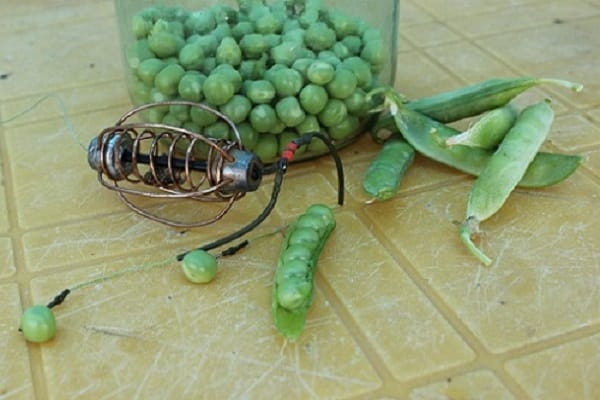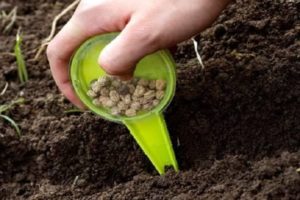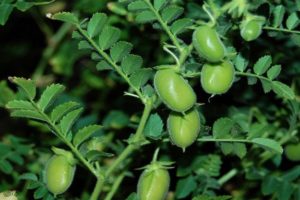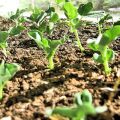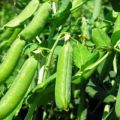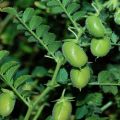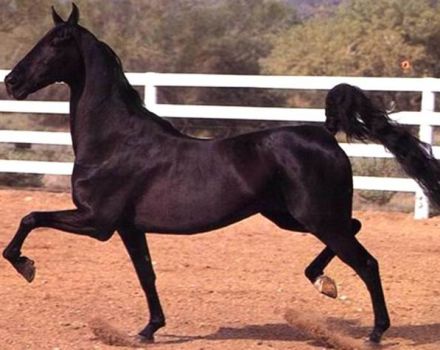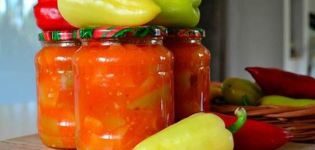When to harvest peas for grain and how to do it right
The technology of harvesting grown peas on an industrial scale is considered a rather complicated procedure. Neglect of the rules of the harvesting process threatens to lose a quarter of the crop. Separate cleaning method is effective in case of dry weather conditions. Strong winds and rains increase losses. The complexity is due to the biological characteristics of the culture: uneven ripening, lodging, cracking of fruits and shedding of seeds.
Harvesting of beans in private gardens occurs when the milk ripeness of the shoulder blades is reached. Morning hours are preferable, since in the heat the delicate product withers and is poorly stored.
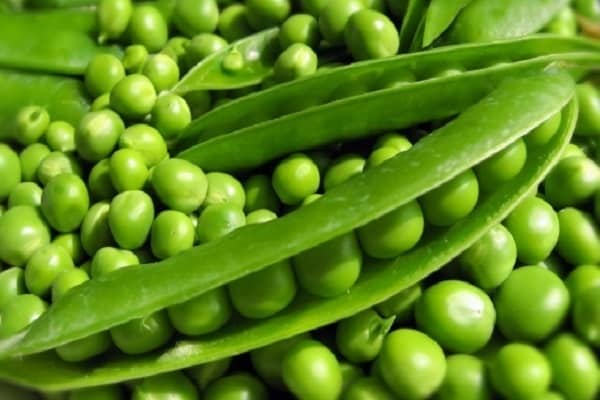
Ripening terms
The key parameter for the ripening of the shoulder blades is the pea variety. The period from germination to harvest varies from 9-11 weeks. Brain varieties that grow up to 50 cm have a growing season of 60-80 days. Peeling varieties, up to 90 cm high, ripen in 60-65 days. Low-growing sugar species are ready in 60 days.
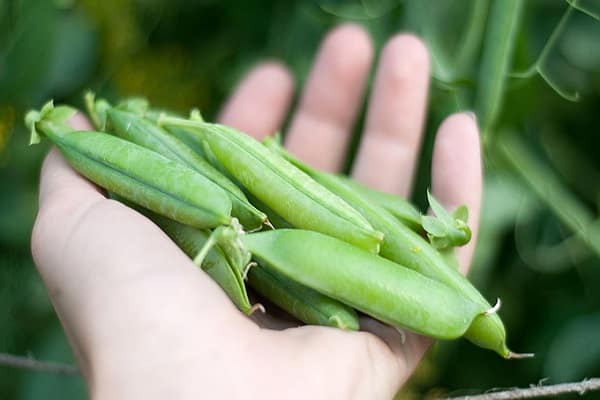
When to start harvesting peas
Ripening of peas begins at the end of June. Cleaning is carried out in several stages, starting from the lower instances. Overripe shoulder blades are removed, as they inhibit the formation of new fruits.
Early maturing sugar varieties are harvested unripe and reach readiness in mid-June. Cleaning lasts for one and a half to two weeks at intervals of 3-5 days.
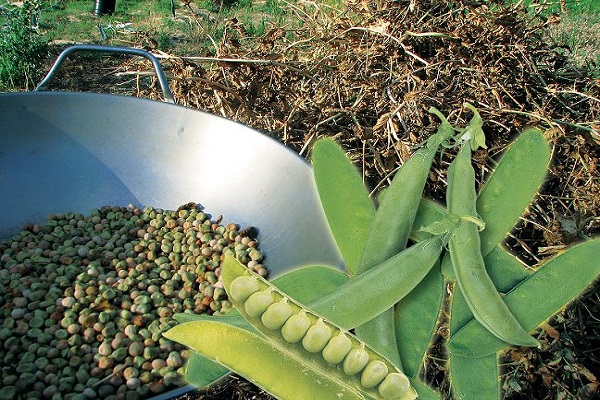
Peeling varieties intended for green pea, harvested in the phase of succulent valves and tender beans. Dull mesh-covered blades are discarded and sent for grain. Harvesting is done quickly, no longer than a week, to prevent starchy beans.
Harvesting grain
The beans intended for grain are left on the bush until they are fully ripe. Plants should be harvested by cutting, tied in bunches and suspended for maturation in a dry room for one to two weeks. Ripe pea fruit shelling varieties are prone to cracking, but sugar varieties are not. The timing of the readiness of the harvest is indicated by the ripening of the beans in the lower part of the plants at a time when other specimens are covered with a net and begin to dry out.
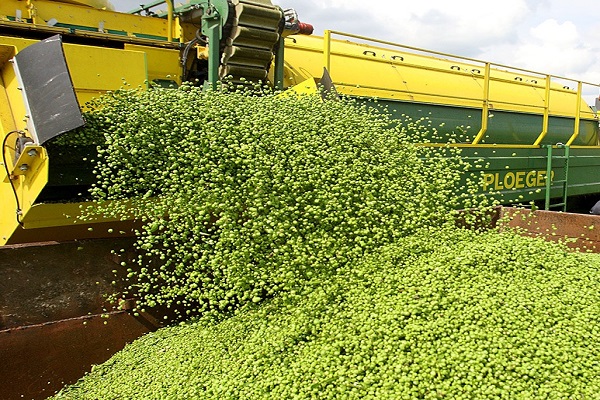
Combination of split harvesting and direct combining
Growing peas on an industrial scale, it provides a combination of two harvesting options: separate and direct combining. Separate harvesting lasts a week, with direct threshing lasting no more than four days, while the time of the combined method varies from 8 to 10 days. The split method is divided into two types.
- The first consists of mowing peas with laying in rolls, picking them up, loading them onto transport and threshing.
- The second involves mowing with swathing and the use of a mobile thresher, which takes in the pea swaths and immediately threshes them.
Separate harvesting is carried out in the case of yellowing of the stems and leaves on the top of the plant, wax ripeness of the seeds in the middle, drying of the leaves, beans and hardening of the seeds. The product remains in the rolls until it dries and reaches the technical ripeness of the fruit.
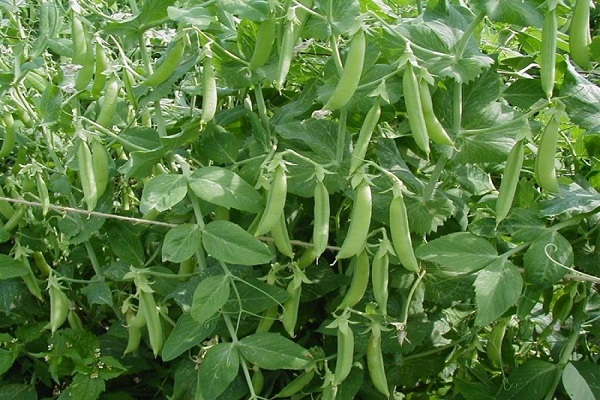
Direct combining consists in collecting green mass and threshing, excluding the first points: early mowing and swathing. The process begins with brown leaves, brown beans and hard seeds. This method of harvesting was introduced due to the development of varieties resistant to lodging.
Special attachment to reduce crop loss
Peas are mowed using mowers and headers. If the headers are equipped with special attachments, it will be possible to prevent large crop losses. Attachments are suitable for all combines. Some problems arise when using them in high humidity conditions due to the pulling out of bushes with rhizomes clogging the header. You also need to monitor the level of installation of the special nozzle - a significant decrease leads to the intake of stones and soil.
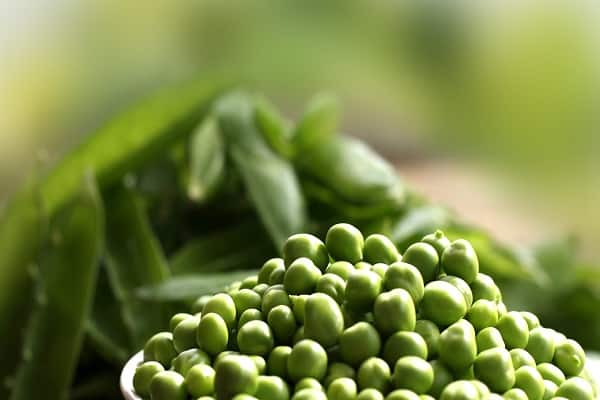
What to do after harvest
Threshed grains are cleaned of foreign impurities using a special grain separator that filters out excess items. The perishable product is allowed to dry and preserve. Scourges left on the site after harvesting are subject to cutting and laying in a compost heap. The roots are buried in the ground during plowing. A good fertilizer that can replace the usual organic matter is crushed green mass buried in the ground. In this case, the soil becomes fertile, and its structure improves.
The early maturing culture allows the cultivation of daikon, radish, lettuce, dill immediately after the release of the ridges.
Peas are eaten fresh, dry, frozen and canned. It is added to first courses and meat dishes, salads.
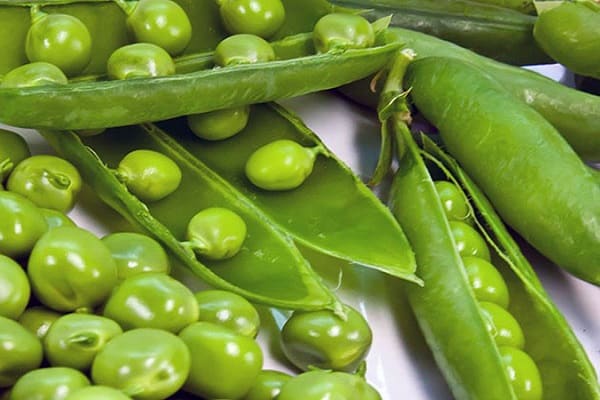
Slightly unripe sugar-looking pods that have been blanched for five minutes are subject to freezing. This procedure is also needed for grains intended for drying. In this case, the peas are blanched twice for two minutes, after which they are washed, cooled in cold water and dried in a draft for 12 hours. Then the seeds are dried in an oven at temperatures up to +70 degrees. Optimal storage capacity: glass jars with metal screw caps.
Part of the crop is prepared for seed.
